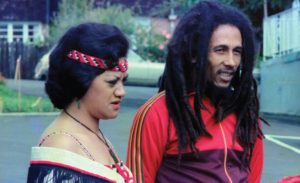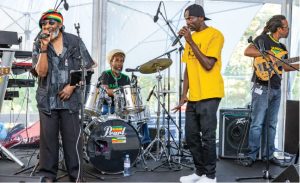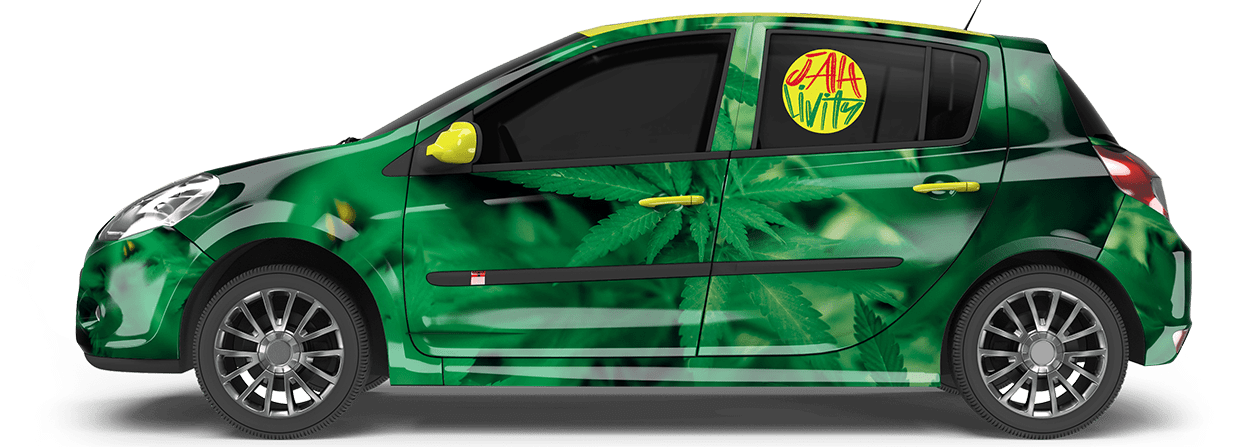Reggae didn’t just drop from the skies; it came out of the heart of Jamaica’s struggles, dreams, and resilience. The roots of this genre go deep, reaching back to di 1950s ska scene when Kingston was bubbling with new sounds. Ska, with its lively beats and brass-heavy riffs, was a soundtrack of Jamaican independence and celebration. But as time went by, di fast-paced ska slowed down, combining with soul, R&B, and di African-inspired Nyabinghi drumming of Rastafari gatherings. This evolution gave birth to rocksteady in the 1960s, with its smoother rhythms and rich vocals.
By di the late 60s, reggae itself emerged, with its signature bassline that shook the soul and a rhythm that got everyone moving. While rocksteady was smooth, reggae carried the weight of Jamaican life—stories of hardship, resilience, and spirituality. It became the voice of a generation, and Rastas brought their spiritual values into di music, calling for freedom, justice, and unity.
Reggae’s Rise to the World Stage
In di early 70s, reggae reached far beyond Jamaican shores. Di “King of Reggae,” Bob Marley, became the genre’s most famous ambassador, but artists like Peter Tosh, Jimmy Cliff, Toots and di Maytals also played massive roles. Marley’s Exodus album became an iconic work, spreading the message of love, unity, and spiritual liberation worldwide. Marley’s Legend album, a collection of his greatest hits, remains one of di best-selling albums of all time. Through these songs, reggae wasn’t just about music; it became di global anthem for di oppressed and di soundtrack to resist Babylon, a metaphor for Western oppression and materialism.
Did yuh know? Di reggae beat – known as di “one drop” – places emphasis on di third beat of each bar instead of di first. Dis shift from di traditional downbeat gives reggae its distinctive, laid-back vibe and makes it sound like a heartbeat—steady and timeless.
Current State: Reggae Revival and Roots in Jamaica
Today, Jamaica is still di beating heart of reggae, especially with di new wave of artists leading di “Reggae Revival.” Singers like Chronixx, Protoje, Kabaka Pyramid, and Koffee are blending the genre’s roots with new flavors, mixing it with dancehall, hip-hop, and R&B to create fresh sounds. But no matter the evolution, the soul of reggae remains in Jamaica, where its messages of resilience and love are still powerful.
 In Negril, reggae is everywhere—from live shows at Seven Mile Beach to di annual Negril Reggae Festival, where the vibe is pure and the rhythms flow like the ocean. Venues like Bourbon Beach and Alfred’s Ocean Palace make Negril a must-visit for reggae lovers, hosting live performances that capture di true spirit of the music.
In Negril, reggae is everywhere—from live shows at Seven Mile Beach to di annual Negril Reggae Festival, where the vibe is pure and the rhythms flow like the ocean. Venues like Bourbon Beach and Alfred’s Ocean Palace make Negril a must-visit for reggae lovers, hosting live performances that capture di true spirit of the music.
And you know what goes hand-in-hand with the reggae experience? Di sacred herb. Ganja has been an essential part of Rastafari culture, symbolizing connection, meditation, and peace. In Negril, Jah Livity offers sacramental ganja straight from Rastafarian farms, giving visitors a chance to experience reggae culture and the spiritual significance of di herb.
Reggae’s Future: A Global Vibe, Rooted in Jamaica
As reggae evolves globally, its spirit stays true to Jamaican roots. International artists from Africa, Latin America, and beyond are drawing on reggae’s sound and message, creating new genres like reggaetón. But no matter where reggae goes, the essence of reggae—its call for unity, love, and liberation—stays grounded in Jamaica’s hills, beaches, and communities.
 So, whether you come to Negril for di beach, di music, or di herb, remember—reggae is more than just a genre. It’s a feeling, a lifestyle, and a connection to the heartbeat of Jamaica. And the journey from ska to reggae, from Garvey to Marley, is as irie as it gets!
So, whether you come to Negril for di beach, di music, or di herb, remember—reggae is more than just a genre. It’s a feeling, a lifestyle, and a connection to the heartbeat of Jamaica. And the journey from ska to reggae, from Garvey to Marley, is as irie as it gets!
